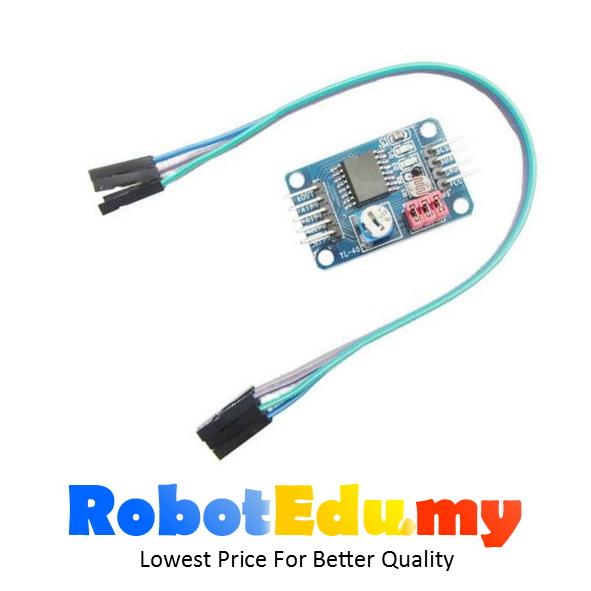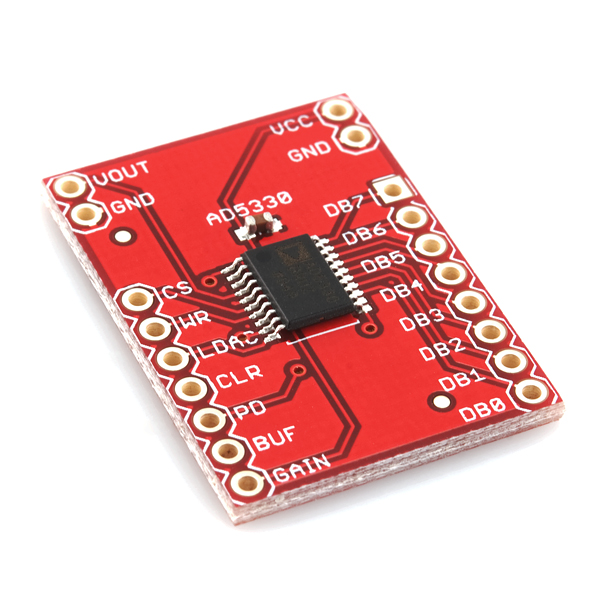8 bit dac arduino robot

Digital 2 ; sensor. If we change the two DAC output voltages in lock steps e. So we can obtain a bit conversion 8 bit dac arduino robot with an 8-bit DAC and an 8-bit digital potentiometer. You could use 16 for left and 16 for right with 6 to spare. Yes analog ADC reading scaled to 8 bit values

The barrier is based on the scaled value, not the raw value. The rate in milliseconds to emit the data event. There are so many great things about this project. The final output voltage can be adjusted continuously between the two discrete output voltages via the potentiometer:

Well, one of the key reasons is to lower cost. Email required Address never made public. Events emitted by instances of the Sensor class are forwarded through instances of the Sensors class. Notify me of new comments via email. The final output voltage can be adjusted continuously between the two discrete output voltages via the potentiometer:

That said, is one heck of a build. Luckily, if we select a multi-channel DAC such as LTC and TLVthe non-linearity errors among the different channels are likely to be quite comparable and we can hand-pick channels that have near-identical zero-scale and full-scale errors. Each chip is decoupled 8 bit dac arduino robot a nF capacitor. Yes analog ADC reading scaled to 8 bit values

The resistance change would be the tempco parameters of the resistors he uses. The handler receives the instance that emitted the event as the first parameter. Bringing it home, [Wancheng] shows how to gauge the quality of the audio output using FFT. Sensor "A0" ; sensor.

Home My Youtube Channel About. Well, one of the key reasons is to lower cost. The final output voltage can be adjusted continuously between the two discrete output voltages via the potentiometer:.